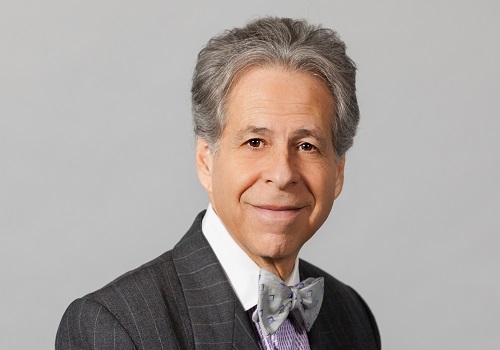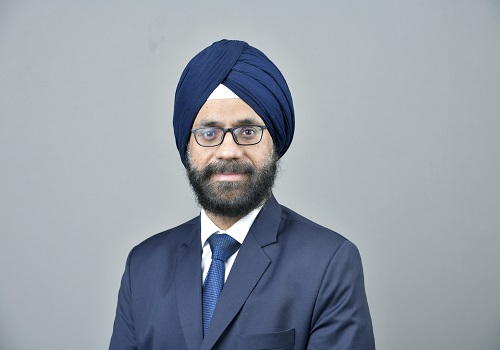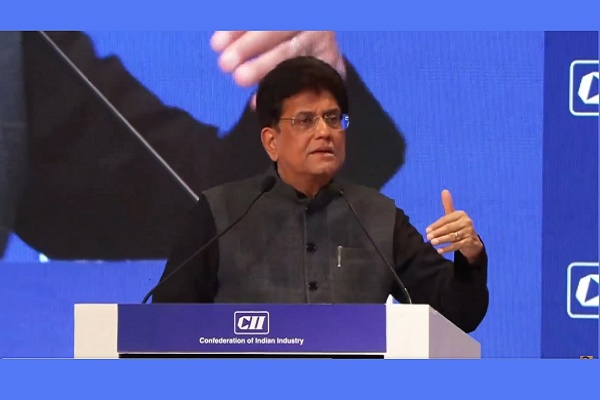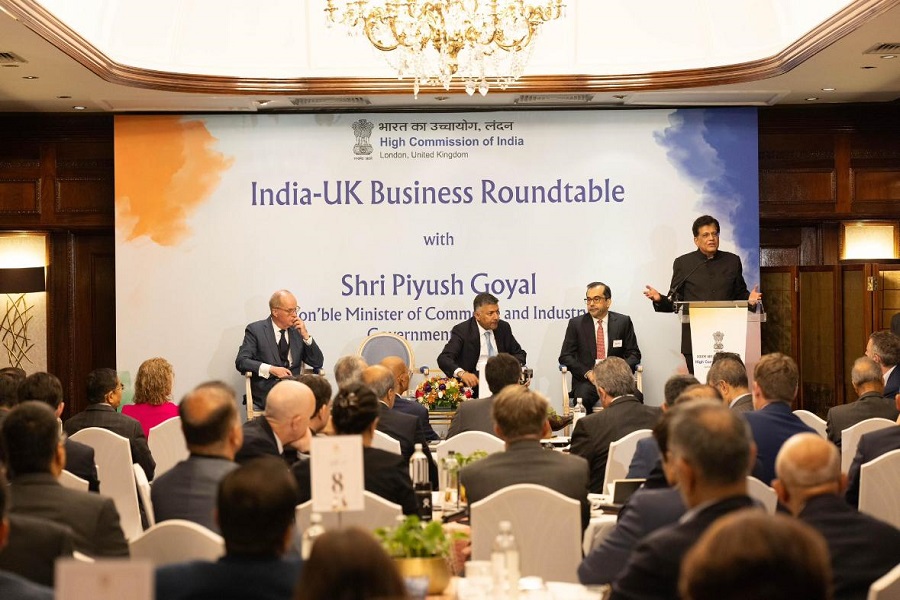Turning workplace diversity goals into reality

NEW YORK - Workplace diversity and inclusion have become rallying cries in the wake of racial justice movements like Black Lives Matter. U.S. corporations are responding with commitments to create a workforce that looks more like America.
But recognizing and promoting the talent of women and ethnic minorities to fill boardrooms and executive suites is a long-term challenge.
Columbia University professor Dr. Art Langer has been nurturing talent for years through his nonprofit Workforce Opportunity Services (https://www.wforce.org/).
Langer, who credits an art teacher for showing him the way out of his rough childhood neighborhood in the Bronx, New York, told Reuters in an interview how corporate America can translate lofty diversity goals into reality. Edited excerpts are below.
Q: Did growing up in the Bronx spur your interest in helping overlooked communities?
A: I grew up on 165th St. at Sheridan Avenue, about four blocks from Yankee Stadium. I went to junior high on Morris Avenue. In my day, it was close to a war zone.
But someone gave me a break: A guy who gave art lessons in a furniture store convinced me I had some talent, and that I should apply to a school of music and art. Without that individual, I didn't have a good trajectory to ever get out of the Bronx.
Q: How does Workforce Opportunity Services work?
A. We're talent finders for underserved and minority populations. We find that talent, nurture it, hire them ourselves and prepare them for a transition into the workforce.
Companies can tell us what they are looking for, and where they are looking for it. We create certificates for all kinds of skills, in partnership with institutions like Georgia Tech and Penn State and Rutgers. We design certificates with their blessings, which are often convertible into college credits.
Q: What kinds of subjects are we talking about?
A: We started in (information technology), but it's not only that. We produce everyone from mechanics to full-stack developers to call center and help desk support to programmers. We operate in 60 locations around the country now. But we can open up pretty much anywhere within about 60 days.
Q: How did this begin?
A: It started as a research project at Columbia University back in the early 2000s, working with adults from Harlem. What we concluded was that there is so much talent in underserved areas – hidden, just like I was – but that corporations, being so risk-averse, didn't really know how to get at that talent. So that's what I set forth to do, providing a service to help companies.
Q: How has the Black Lives Matters movement shaped this debate?
A: Black Lives Matter spurred a lot of companies to do something about workforce diversity, and that's a good thing. But we've been at this for 20 years, and we've put together a solution.
Coming out of COVID-19, there will be a skills shortage in this country. Companies are already facing shortfalls of talent. That's where I raise my hand and say, "I can find it!"
Q: Has the global pandemic put a premium on the importance of local talent?
A: Absolutely. India, for instance, was hit very hard by COVID-19. Many companies had serious issues with supply-chain breakdowns. And when those breakdowns happen in other countries, you can't really be sure of the controls or political situations.
If $200 billion of work has already been outsourced, and companies are unhappy with even 20% of that, that could create a lot of permanent employment here at home. We believe there will be a lot of reconsideration of outsourcing in coming years.
Q: Like your art teacher was to you, do you hope to be that figure for these kids?
A: I never even said 'Thank you' to him, but I didn't really have to. That's not why he was in it. I tell these kids I'm like an offensive lineman in football: Anything in your way, I'm going to block and tackle for you. I'll create a hole for you - and then you have to run through it.




















